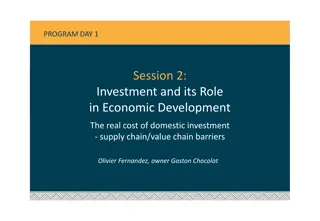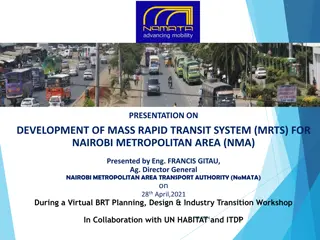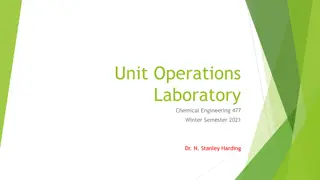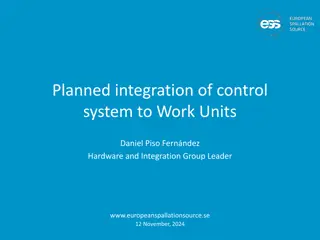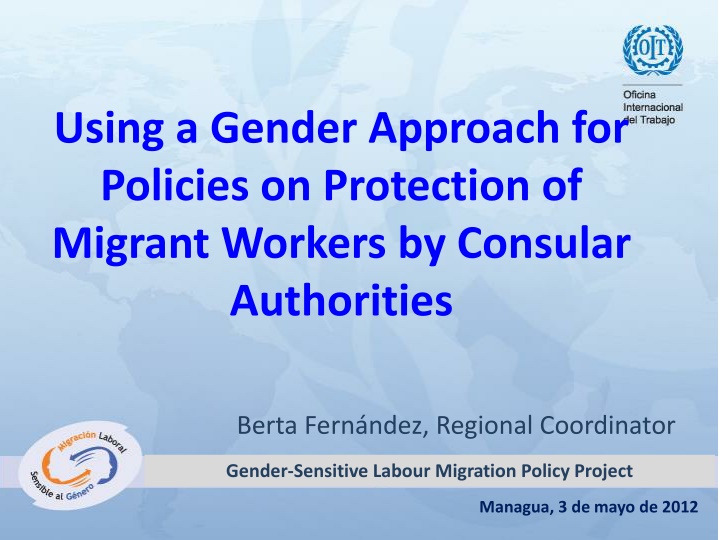
Gender Approach for Migrant Worker Protection Policies
Explore the importance of gender in migration policies, addressing gender inequalities, risks faced by female migrant workers, and the need for gender-sensitive policies in labor migration management. Learn how unequal power dynamics and discrimination contribute to increased vulnerabilities among female migrants.
Download Presentation

Please find below an Image/Link to download the presentation.
The content on the website is provided AS IS for your information and personal use only. It may not be sold, licensed, or shared on other websites without obtaining consent from the author. If you encounter any issues during the download, it is possible that the publisher has removed the file from their server.
You are allowed to download the files provided on this website for personal or commercial use, subject to the condition that they are used lawfully. All files are the property of their respective owners.
The content on the website is provided AS IS for your information and personal use only. It may not be sold, licensed, or shared on other websites without obtaining consent from the author.
E N D
Presentation Transcript
Using a Gender Approach for Policies on Protection of Migrant Workers by Consular Authorities Berta Fern ndez, Regional Coordinator Gender-Sensitive Labour Migration Policy Project Managua, 3 de mayo de 2012
Contents 1. Why focus on gender and migration issues? 2. Risks during different stages of migration 3. How should gender inequalities be addressed in migration management? Gender-Sensitive Labour Migration Policy Project
Why focus on gender and migration issues? Gender influences opportunities in life (in the same manner as socio-economic group, race, ethnic group) Societies allocate different roles and opportunities to boys and girls from the moment they are born, and they are taught to perform those roles based on preconceived notions about how a man or a woman should behave, assumptions relating to skills they have, and opportunities in work and life as women and men. Gender-Sensitive Labour Migration Policy Project
Why focus on gender and migration issues? The gender-based lack of balance that shapes ideas about what job is appropriate or not for women translates into a labour market where employment opportunities for women are limited to performing the roles that have been allocated to them, such as household work or work in the non-structured sector. Extensions of the traditional role of women. Individualized and isolated work environments. Gender-Sensitive Labour Migration Policy Project
What are gender-sensitive policies ? Policies and programmes are not gender neutral in their impact; that is, they do not affect men and women in the same manner. Given the significant differences in terms of the factors motivating migration of women and their experiences as migrants, policies that reflect this are required. Reproduce and intensify existing social, economic, and cultural inequalities between men and women in countries of origin and destination. Gender-Sensitive Labour Migration Policy Project
Why do female migrant workers face greater risks? Unequal power relations between men and women are exacerbated in the proces of labour migration. Men have positions of power as authorities, recruiting agents, etc. Lack of awareness about specific gender-based difficulties by male and female officers. Face many types of discrimination: As women, as foreign migrant workers, as dependants, as undocumented migrants. Gender-Sensitive Labour Migration Policy Project
Risks begin during... Decision-making and preparation to travel abroad: Being subordinated to men or to their family. Unrealistic expectations and perceptions regarding working and living abroad, due to information that is deceptive, excessively optimistic, or not very relevant. Gender-Sensitive Labour Migration Policy Project
...and continue during recruitment and travelling to work abroad Exorbitant fees of agents: Long-term debt or selling property to be able to pay. Illegally withholding passports or other documents, deceitful contract agreements, replacing contracts, or even absence of contracts. Illegal recruiting is common: Migrating in a regular manner requires following very restrictive, complicated procedures that take a long time or involve high costs. Gender-Sensitive Labour Migration Policy Project
...and continue during recruitment and travelling to work abroad Young women are more prone to using illegal recruiting and migration channels than men: Limited access to information, lack of time to seek legal channels, and lack of economic resources to cover costs. In addition, the nature of the work and migration modes that are available to women can lead them to trust fraudulent recruiting agents. Gender-Sensitive Labour Migration Policy Project
...and continue during recruitment and travelling to work abroad Unknowingly holding false documents Deception Arranged marriage Exploitation and abuse while they wait for a job Forced or coerced recruitment Gender-Sensitive Labour Migration Policy Project
Risks While Working Abroad Violation of employment contracts: Inexistent jobs, arbitrary termination, human rights, restricting the freedom to associate and freedom of movement, immoral activities . Discrimination and poor working and living conditions: Unequal pay for work of equal value, withholding of wages, very long working hours, work overload, no rest or holidays, inadequate food and substandard accommodation. Gender-Sensitive Labour Migration Policy Project
Risks While Working Abroad Restricted movement: Withholding of passports/identity documents, working only for one employer. Harassment and violence: The fear of reporting leads to weak monitoring. Health and occupational health risks and lack of social protection: Difficult and hazardous work, specific needs during pregnancy. Forced labour and debt servitude. Gender-Sensitive Labour Migration Policy Project
Vulnerability During Different Stages of the Migration Process Migration Stage Experiences of Female Migrant Workers Victims of illegal recruiting agents and traffickers Deception, harassment, extortion by agencies and Coyotes Exploitation in training centres During recruitment and before departure During the journey Risks due to irregular entry (unsafe means, harassment by criminals, false documents, etc.) Replacing contracts with others including lower wage standards and working conditions, etc. Violation of contracts by employers and disputes about compensation and other rights Lack of health insurance Delayed payment of wages or lack of payment and unauthorised deductions Working and living abroad
Vulnerability During Different Stages of the Migration Process Migration Stage Experiences of Female Migrant Workers Risk of early contract termination Lack of effective access to labour justice Contract termination No alternative sources of income and difficulty to find a job Extortion by airport and customs officers? Family problems relating to readjustment Difficulties relating to social reintegration, especially for victims of violence The danger of re-victimization as smuggled migrants Return and reintegration
How to Address Gender-Based Inequalities in Migration Management? PREVENTION IS THE BEST CURE IMPROVING ORGANIZATION OF THE MIGRATION PROCESS: Appropriate legislation to promote equal opportunities and treatment, and implementation mechanisms 1)Ratifying international instruments 2)Applying a rights and gender perspective in policies and programmes: Gender-sensitive analysis and planning Gender-Sensitive Labour Migration Policy Project
Gender-Sensitive Analysis 1) Data on migration disaggregated by gender. 2) Identifying differences in the occupations available to migrant men and women, the level of protection in sending and receiving countries, and access to information and services before and during migration. 3) Reviewing the capacities of existing institutions and mechanisms to promote gender equality and end all forms of discrimination in migration. Gender-Sensitive Labour Migration Policy Project
Planning to Avoid Gender-Based Inequalities Extending labour and migration legislation to cover sectors and occupations where women prevail. Providing equal opportunities and treatment for migrant men and women, abolishing protectionist actions preventing access to productive and decent work. Reviewing legislation that restricts migrant women more than protecting them. Involving gender experts in decision-making processes relating to the development of migration legislation and policy-making. Gender-Sensitive Labour Migration Policy Project
Planning to Avoid Gender-Based Inequalities Employing more women in migration management. Awareness-raising for immigration officers and employers regarding human rights and labour rights. Avoiding victimization and criminalization of migrants that end up being irregular migrants or subject to forced labour. Gender-Sensitive Labour Migration Policy Project
Thank you! Ofiplaza El Retiro Edificio 8, Suite 836 Managua fernandezb@ilo.org Gender-Sensitive Labour Migration Policy Project


